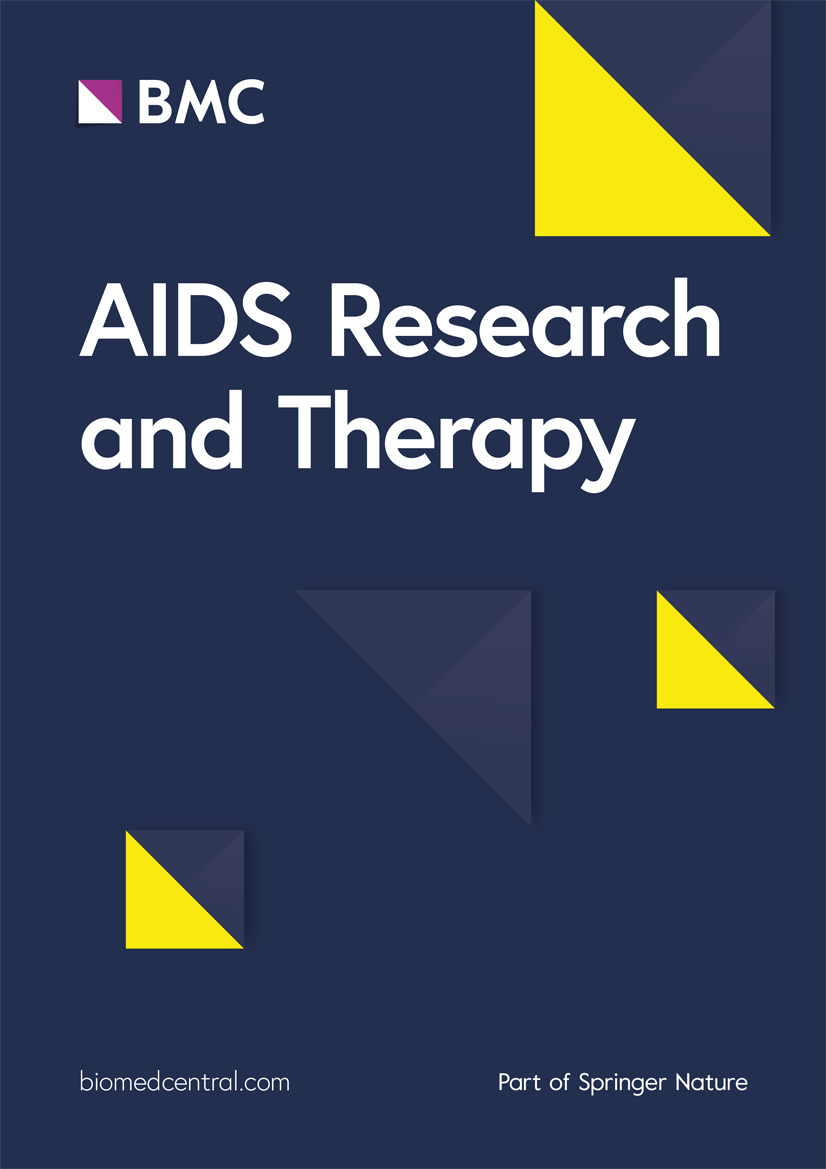This study assessed the current use and the factors associated with non-adherence to ART among Refugee HIV positive pregnant mothers aged 18–49 years in Kyangwali Refugee Camp, Western Uganda. The study findings indicate that 98.7% of the pregnant mothers were currently using ART, 99.2% intended to deliver from the health facility and 98.7% intended to continue using ART in the future. However, non-adherence to ART was quite high at 27.4%; and was significantly associated with initiating PMTCT care in the third trimester of pregnancy, no need for permission to seek for PMTCT care and perceived poor attitude of PMTCT service providers.
Our finding of use of ART among pregnant mothers aged 18–49 years at 98.7% is higher than the finding of the Uganda Refugee Population-Based HIV Impact Assessment (RUPHIA) 2021 survey of 87.0%. [3]. The observed difference can be attributed to two factors. Firstly, while the RUPHIA survey was community based and among all refugee settings in Uganda, our study was both facility and community based. It is more likely that participants identified from facility records would be found using ART at the moment. Secondly, while the RUPHIA survey was conducted among the general population, our study was conducted among a special population of pregnant mothers. In comparison to the general population, evidence indicates that the desire to have HIV free infants is likely to positively influence pregnant mothers to use ART [11]. Similarly, our finding of current use of ART is higher than reported in other studies conducted among pregnant mothers in non-refugee settings. [21, 22].
The high levels of current use and intention to continue using ART are promising. However, the observed non-adherence level of 27.4% is worrying since the effectiveness of the PTMTC programs directly depends on the mother’s adherence to ART [10, 11]. The non-adherence observed in our current study is slightly above what Mukose et al. found in a study conducted among pregnant and lactating mothers in Central Uganda [11]. This can partly be explained by the use of a combination of modern health facility and traditional health services among refugees. The use of both services occurs even when there are better health services in stable refugee settings [23]. It is therefore important to build capacities for both modern health facility and traditional health personnel in partnership. More so, such built capacities need to pay attention to education and counselling strategies regarding the importance of adherence to ART.
Our study findings also indicated three factors associated with non-adherence with one factor under each of the three levels of the SEM.
At the intrapersonal/individual level, we found that mothers who initiated their ART/PMTCT care in the third trimester of pregnancy were more likely to be non-adherent. This finding is in line with other previous studies [24, 25]. Literature indicates that late presentation into HIV care poses a higher cumulative risk of HIV transmission to others, less chances of responding to treatment, non-adherence and increased financial strain on health services systems [26, 27]. Similarly, starting PMTCT during the third trimester has significant consequences to both the mothers and the unborn babies. Firstly, the available short time discourages the mother from adhering to achieve viral suppression and increases the risk of transmitting HIV to their child. Secondly, there is no ample time needed to adapt to a new medication routine, deal with the drug related side effects and other psychological aspects that come with the pregnancy and the new HIV diagnosis. It is therefore vital to develop refugee context specific education interventional programs aimed at providing knowledge on the available health care and HIV specific services in the refugee camp to improve the timely consumption of such services. There is also need for assessing other reasons for late utilization of ANC/PMTCT and other related services beyond the individual level.
At the interpersonal level, we found that mothers who did not need to obtain permission from a partner or family member to seek for PMTCT services were more likely to be non-adherent. This finding may seem contradictory, however, the need to obtain permission from a partner or family member in the refugee context may indirectly imply availability of a family support system that not only provides permission to seek for PMTCT services but also social, psychological and financial support to the mother. While family support plays a significant role in ART adherence [28,29,30], evidence indicates that refugee communities usually lack such support due to family separation. Concerns about the need to flee quickly without family, separation in the process of displacement, family members going missing, or substantive barriers to family reunification following safe resettlement in a host country have been reported among refugee communities [31, 32]. Mechanisms to limit family separation during resettling of refugees and creation of strong social and psychological support systems in settlement areas are crucial.
Lastly, at organization level, mothers who perceived the attitude of PMTCT service providers as being poor were more likely to non-adhere to ART. Previous studies have illustrated how health workers’ poor attitudes and non-professional behavior could impinge on clients’ adherence to medications. They have also demonstrated the need to provide good working environments and motivation strategies to health care providers to effectively provide services [33,34,35].
Study limitation
The main limitation of this study is the fact that data was collected by self-report. This could have been subject to recall bias and social desirability bias. However, we limited our recall period to the last thirty days and interviews were conducted maintaining utmost confidentiality and in a conducive environment for participants to provide an honest view. More so, the cross-sectional design of the study restricted our ability to establish causality or temporal relationships among variables and limited generalizability of our study findings due to the snapshot nature of data collection, which captures information at a single point in time. This did not account for changes over time and/or variations across different contexts.




Add Comment